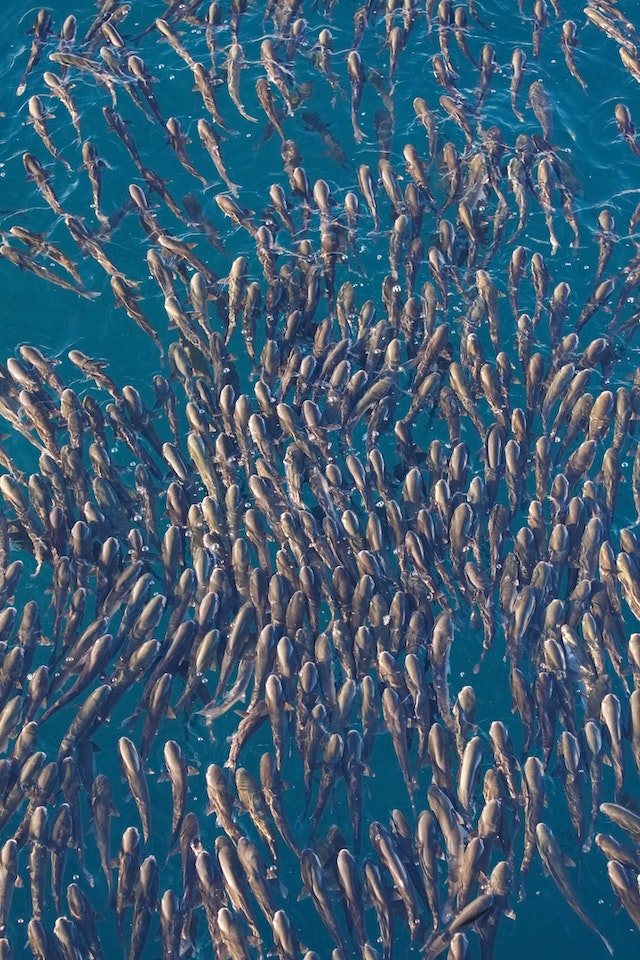The Texas coast’s largest-ever fish die-off, as of my knowledge cutoff in September 2021, refers to an event that occurred prior to that time. Since I don’t have access to real-time information, I cannot provide specific details about the aftermath of a fish die-off that might have taken place after September 2021.
However, in general, the aftermath of a significant fish die-off can have various ecological and economic impacts. Here are some potential consequences that can occur following such an event:
1. Environmental Impact: A massive fish die-off can disrupt the ecological balance in the affected area. It can lead to imbalances in the food chain, affecting predators, scavengers, and other marine organisms that depend on fish as a food source. The decomposition of a large number of dead fish can also cause oxygen depletion and lead to harmful algal blooms, further impacting the aquatic ecosystem.
2. Economic Impact: Fishing is an essential industry along the Texas coast, and a significant fish die-off can have severe economic consequences. Fishermen may experience a decline in catches, resulting in financial losses. Additionally, recreational activities such as fishing and tourism could be affected, impacting local businesses that rely on these activities.
3. Water Quality and Human Health: Fish die-offs can indicate underlying issues with water quality, such as pollution, harmful algal blooms, or oxygen depletion. These conditions can potentially affect human health, especially if the water is used for drinking or recreation. Authorities may issue advisories or restrictions to safeguard public health in such cases.
4. Investigation and Remediation: Following a fish die-off, authorities typically conduct investigations to determine the cause. This may involve water quality testing, analysis of fish samples, and collaboration between environmental agencies and scientific experts. Based on the findings, measures can be implemented to prevent future die-offs, such as improving water management practices, reducing pollution sources, or addressing ecological imbalances.
It’s important to note that the specific details and outcomes of a fish die-off can vary widely depending on the circumstances surrounding the event, including the scale, cause, and response by local authorities and communities. For accurate and up-to-date information on the aftermath of a recent fish die-off along the Texas coast, I recommend referring to news sources or contacting relevant environmental agencies in the area.




